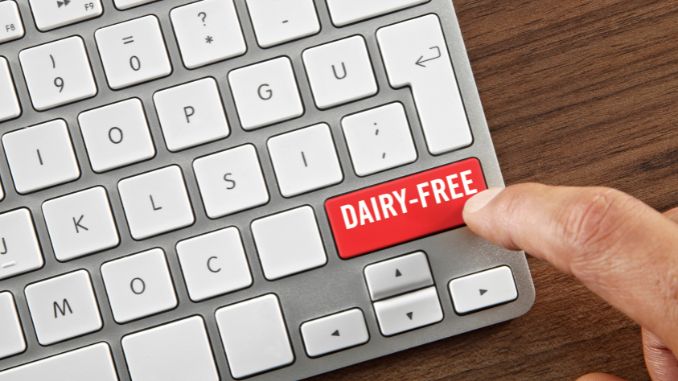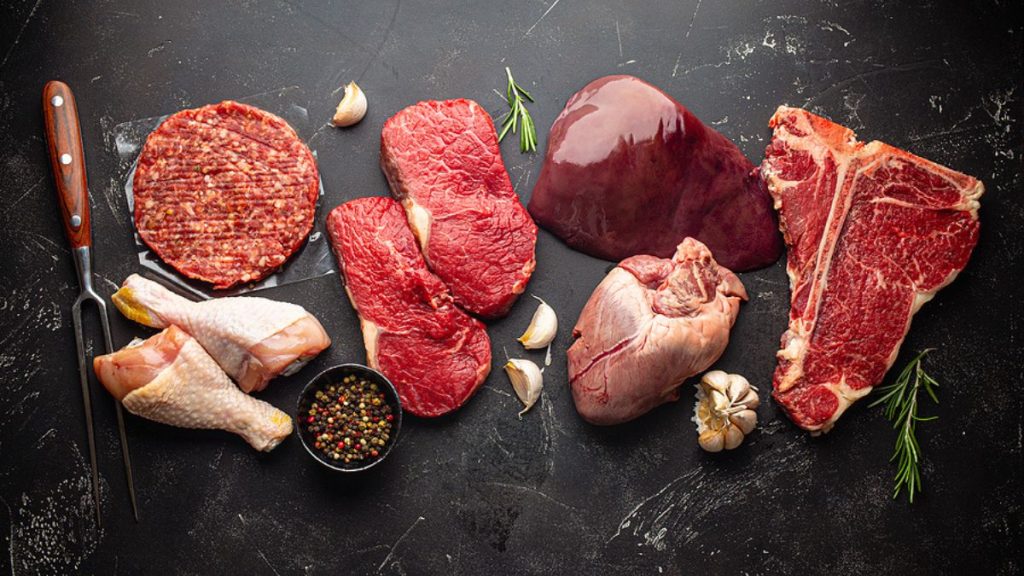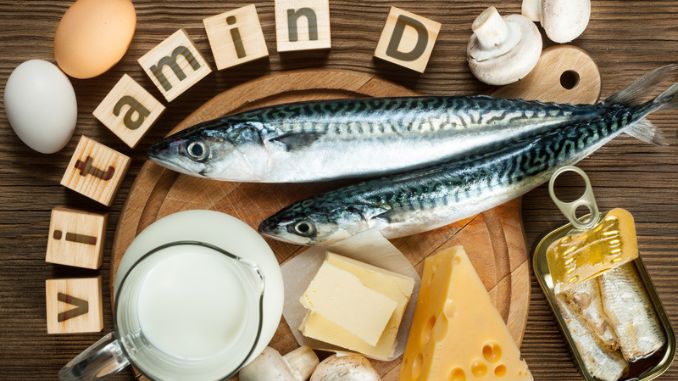Whether you’re lactose intolerant, dealing with a milk allergy [2], or simply exploring a cleaner, plant-based approach to eating, learning how to go dairy-free can radically transform your general health and gut health.
It’s not just a trend—there’s growing evidence, including expert insights like those from Adam Blackwell, pointing to the potential dangers of milk and dairy products and the benefits of eliminating them from your diet.
Why Go Dairy-Free?
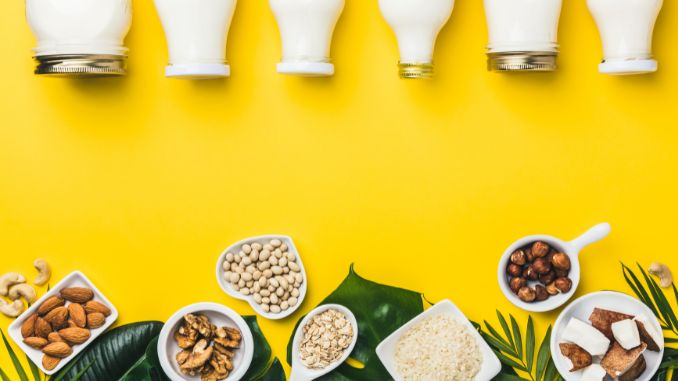
Adam Blackwell, a health advocate and host of the Dangers of Dairy interview, points out compelling reasons to avoid dairy, including emerging research that links even a single glass of dairy milk daily with an increased risk of type-2 diabetes. He also states that the milk protein in cow’s milk doesn’t significantly help in building muscle—debunking one of the most common myths about dairy foods.
Additional concerns include:
- The presence of hormones like estrogen and rBGH (recombinant bovine growth hormone) in milk.
- Potential interference with fitness goals due to hormonal imbalances.
Digestive issues from lactose intolerance [1] or sensitivity to milk solids and whey.
What Can I Not Eat When Dairy-Free?
Cutting out dairy means eliminating all milk and dairy products, including:
- Cheese, cream, butter, cream cheese, sour cream, and ice cream.
- Processed foods with hidden milk derivatives like whey, casein, and lactose.
- Cottage cheese, chocolate, certain breads, and sauces.
Tip: Always read food labels carefully. Ingredients like “caseinate” or “lactalbumin” are dairy-based.
Best Way to Go Dairy-Free?
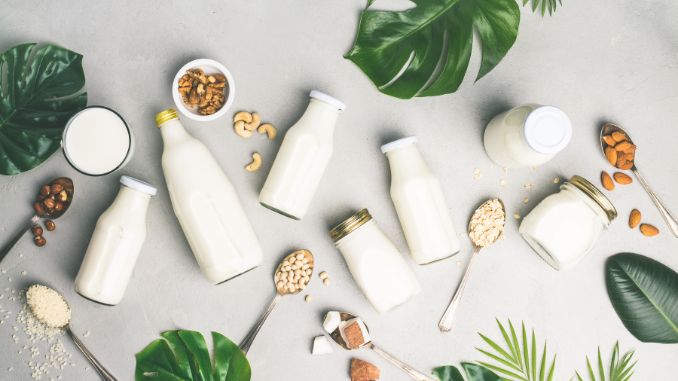
Going dairy-free doesn’t mean going nutrient-deficient. As Adam Blackwell recommends, seek natural, calcium-rich alternatives like:
- Green leafy vegetables
- Almonds, chia seeds
- Oat milk, almond milk, soy milk
- Fortified foods with vitamin D and calcium
Steps to Transition:
- Start small: Remove one category (e.g., butter or milk) first.
- Try swaps: Replace cow’s milk with oat milk or almond milk.
- Listen to your body: You may initially feel withdrawal symptoms such as cravings or low energy.
- Consult your doctor: Especially for pregnant women, teens, or those with health conditions.
Dairy-Free Meal Ideas & Substitutions
Eating dairy-free is easier than you think! Here are some ideas and alternatives:
- Breakfast: Overnight oats made with soy milk, topped with fruit and chia seeds.
- Lunch: Grilled tofu salad with a tahini dressing.
- Dinner: Stir-fry with almond milk-based curry sauce.
- Dessert: Banana ice cream made with frozen fruit and non dairy milk.
Swaps to Make When Eating Dairy-Free
| Dairy Product | Dairy-Free Alternative |
| Cow’s Milk | Oat milk, almond milk, soy milk |
| Butter | Coconut oil, vegan butter |
| Sour Cream | Cashew cream, tofu-based sour cream |
| Cheese | Nutritional yeast, vegan cheese |
| Yogurt | Coconut, almond, or cashew yogurt |
| Cream | Coconut cream or cashew cream |
Include green leafy vegetables [4], fortified plant-based milks, and nuts in your meals to help maintain a well-balanced, milk-free diet.
Dairy-Free for Beginners: What to Watch Out For
According to Adam Blackwell, one of the biggest challenges is that many processed foods contain hidden milk ingredients. He advises learning how to identify sneaky sources of milk derivatives in items like protein powders and snacks.
Be especially cautious with whey protein and organic milk, which still may carry hormones and proteins that affect your body’s balance,” Blackwell warns.
Key Tips:
- Focus on whole foods.
- Use apps or online tools to check for allergens [3].
- Maintain a balanced diet to get adequate calcium, protein, and vitamins
Carrie Forrest, MBA, MPH, and certified holistic nutritionist, shares this practical advice:“Build your meals around simple ingredients like vegetables, fruits, proteins, and gluten-free grains. By focusing on whole foods, you can ensure that you meet your nutrient needs for protein, calcium, and vitamin D.
Final Thoughts
Going dairy-free is more than simply cutting out animal milk—it’s about choosing a healthier, more mindful way of eating that still offers great taste and nutrition.
With insights from experts like Adam Blackwell and nutritionists such as Carrie Forrest, and thanks to the wide variety of dairy-free products available today, living without dairy can be just as satisfying—if not even more enjoyable.
Want more? Listen to the full Dangers of Dairy interview with Adam Blackwell to dig deeper into the health effects of dairy and discover his Dairy Free Fat Loss program.
Start your journey with confidence—explore simple swaps, meal ideas, and expert tips to make going dairy-free easy and delicious. Check out our 14-Day Digestive Health Quick Start Program and feel the difference in just two weeks!
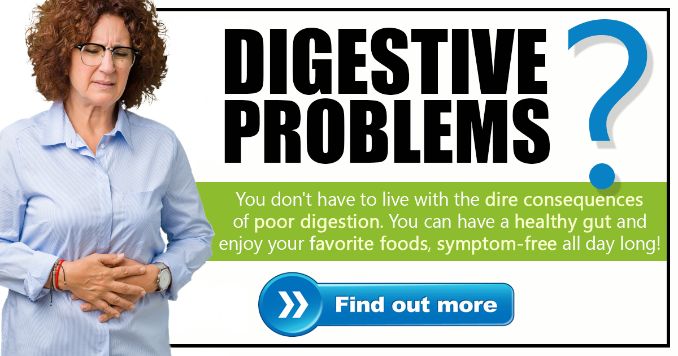
FAQ’s
What happens when you cut out dairy?
You may experience improved digestion, clearer skin, less bloating, and better energy—especially if you’re lactose intolerant or sensitive to dairy.
Is rice dairy-free?
Yes, rice is naturally dairy-free and safe for a dairy-free diet.
Will I lose weight if I stop eating dairy?
Possibly. Cutting out high-calorie dairy products like cheese, cream, and ice cream may lead to weight loss, but it depends on your overall diet and lifestyle
How do you flush dairy out of your system?
Drink plenty of water, eat high-fiber foods, and support digestion with fruits, vegetables, and fermented foods. Your body will naturally clear dairy over a few days
What is ice cream without dairy called?
It’s often called non-dairy or dairy-free ice cream, typically made with almond milk, coconut milk, soy milk, or oat milk.

Rick Kaselj MS, is a leading kinesiologist and injury specialist as well as co-creator of the best-selling Unlock Your Hip Flexors program. Rick creates exercise programs that help people heal injuries and eliminate pain, so they can go back to living a full, active, healthy life.

